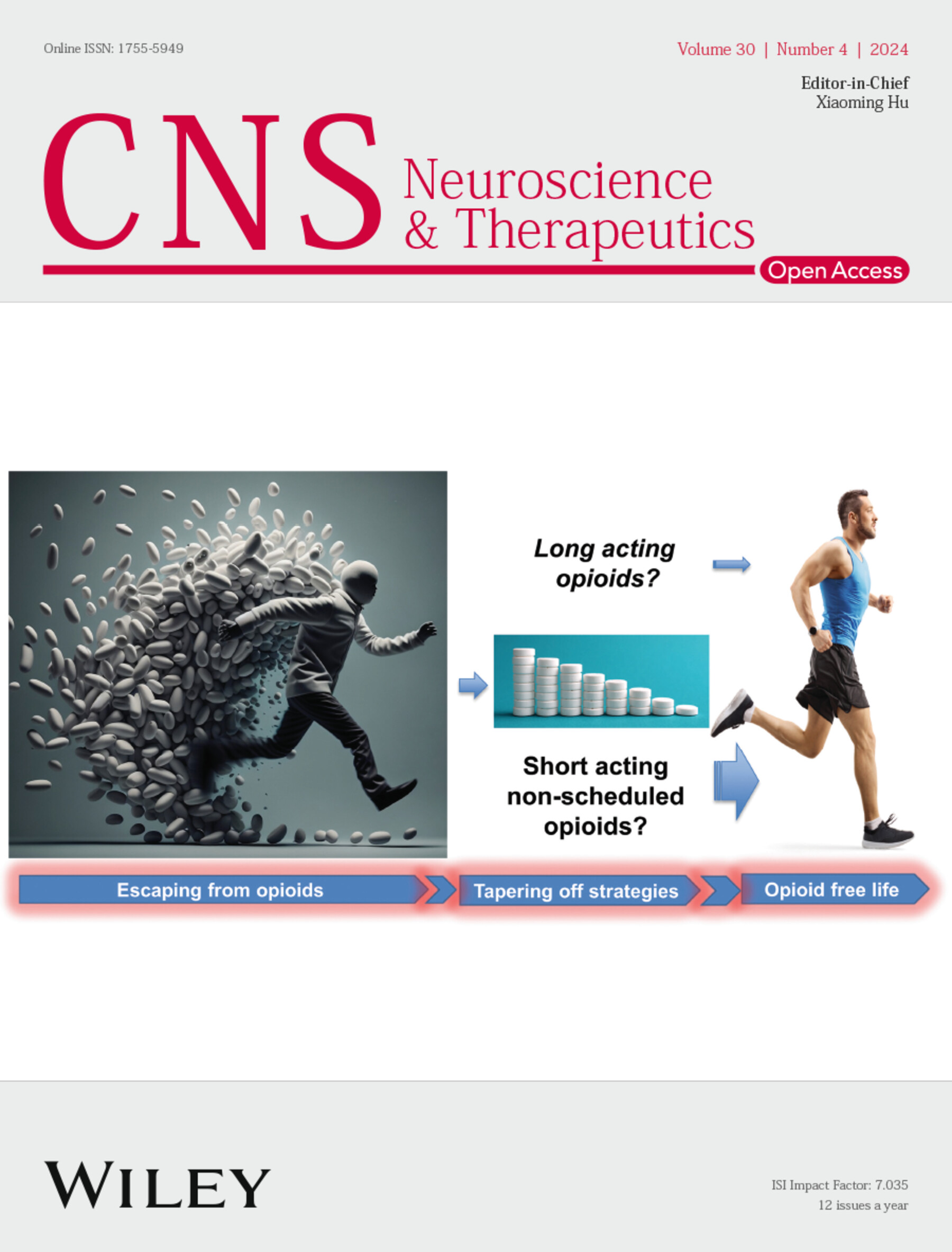摘要
背景 视觉工作记忆(VWM)是高级认知过程的重要组成部分,会随着年龄的增长而减退,并与失忆性轻度认知障碍(aMCI)到阿尔茨海默病(AD)的进展相关。认知障碍,尤其是 VWM,在 aMCI 中表现突出,可能预示着疾病的进展。本研究调查了造成 aMCI 中 VWM 损伤的认知神经机制,重点是确定受影响的 VWM 处理阶段。该研究针对背外侧前额叶皮层(DLPFC)进行重复经颅磁刺激(rTMS),以研究其对 aMCI 患者的 VWM 的影响。DLPFC在自上而下控制VWM处理过程中的作用是了解经颅磁刺激对与aMCI相关的VWM损伤的信息处理阶段的影响的核心。 方法 对25名aMCI患者和15名健康老年对照者进行了为期7天的经颅磁刺激干预,以研究其对VWM和认知功能的影响。任务包括VWM变化检测、数字符号转换、Stroop任务,以检测注意力和执行功能。脑电图分析包括 ERP、ERSP 和功能连接(wPLI)。研究的第一部分探讨了 aMCI 中 VWM 损伤的认知神经机制,并利用脑电图对处理阶段进行了区分。第二部分研究了经颅磁刺激对 VWM 不同阶段脑电图处理的影响,并揭示了改善 aMCI 视觉工作记忆的认知神经机制。 结果 结果表明,aMCI 患者的视觉工作记忆能力明显下降,尤其是在准确性和记忆容量方面,反应时间延长,Stroop 任务持续时间增加。在VWM记忆编码阶段,N2pc振幅、顶枕区的α-振荡和顶额叶连接的θ-波段同步均有所下降。相反,经颅磁刺激改善了 N2pc 振幅、α 振荡和 θ 波段同步,这与额顶连通性、顶枕α 振荡和注意能力的改善相关。 结论 aMCI 患者的 VWM 功能显著退化,尤其是在编码阶段。这种退化表现为记忆表现的准确性和能力下降,同时伴有N2pc振幅、α振荡和前顶叶和前枕叶脑区θ波段连接性的显著下降。尤其是在目标选择过程中,经颅磁刺激可通过提高编码过程中的N2pc振幅来支持注意力,增强α振荡以更好地抑制无关信息,并提高顶叶前部和枕叶功能连接的同步性,最终改善视觉工作记忆。

Background
Visual working memory (VWM), which is an essential component of higher cognitive processes, declines with age and is associated with the progression from amnestic mild cognitive impairment (aMCI) to Alzheimer's disease (AD). Cognitive impairment, particularly in VWM, is prominent in aMCI and may indicate disease progression. This study investigates the cognitive neural mechanisms responsible for VWM impairment in aMCI, with a focus on identifying the VWM processing stages affected. The study targets the dorsolateral prefrontal cortex (DLPFC) for repetitive transcranial magnetic stimulation (rTMS) to investigate its influence on VWM in aMCI patients. The role of the DLPFC in the top-down control of VWM processing is central to understanding rTMS effects on the stages of information processing in aMCI-related VWM impairments.
Methods
A 7-day rTMS intervention was performed in 25 aMCI patients and 15 healthy elderly controls to investigate its effects on VWM and cognitive functions. Tasks included VWM change detection, digital symbol transformation, and the Stroop task for attention and executive functions. EEG analyses consisting of ERP, ERSP, and functional connectivity (wPLI) were integrated. The first part of the study addressed the cognitive neural mechanism of VWM impairment in aMCI and differentiated the processing stages using EEG. The second part investigated the effects of rTMS on EEG processing at different VWM stages and revealed cognitive neural mechanisms that improve visual working memory in aMCI.
Results
The results indicated a significant deterioration of VWM tasks in aMCI, especially in accuracy and memory capacity, with prolonged reaction time and increased duration of the Stroop task. In the VWM memory encoding phase, N2pc amplitude, α-oscillation in the parieto-occipital region, and θ-band synchronization in the frontoparietal connectivity decreased. Conversely, rTMS improved N2pc amplitude, α-oscillation, and θ-band synchronization, which correlated with improved frontoparietal connectivity, parieto-occipital α-oscillation, and attentional capacity.
Conclusions
Patients with aMCI experience significant deterioration in VWM function, particularly during the encoding phase. This deterioration manifests in reduced accuracy and capacity of memory performance, accompanied by a significant decrease in N2pc amplitude, alpha oscillations, and theta-band connectivity in frontoparietal and fronto-occipital brain regions. rTMS proves to be a promising intervention that improves VWM, attention, and executive functions. In particular, it supports attention during target selection by increasing N2pc amplitude during encoding, enhancing alpha oscillations for better suppression of irrelevant information, and increasing synchronization in frontoparietal and occipital functional connectivity, which ultimately improves visual working memory.

 求助内容:
求助内容: 应助结果提醒方式:
应助结果提醒方式:


